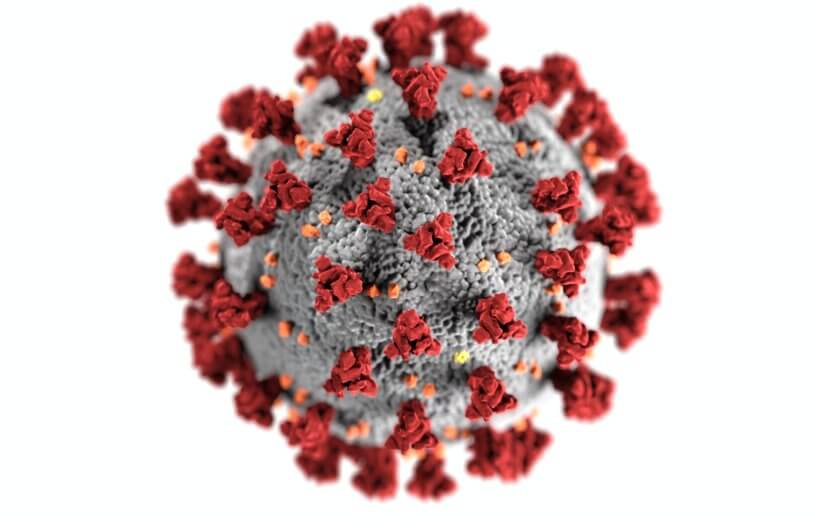CAMBRIDGE, Mass. — Since March 2020, more than 250 million people have tested positive COVID-19. Scientists around the world have scrambled to identify the best methods of preventing and treating the virus, from face coverings to vaccinations. Now, a recent study at MIT’s Department of Mechanical Engineering has found that ultrasound vibrations may damage the structure of the coronavirus — creating a revolutionary response to the public health threat.
Using computer simulations, researchers visualized the structure of the coronavirus and modeled its reactions to ultrasound vibrations at various frequencies. They found that frequencies between 25 and 100 megahertz lead to the shell and spikes of virus cells crumbling and breaking down.
Researchers had a difficult time creating a model that would accurately simulate the behaviors and structures of SARS-CoV-2. Much about the physical makeup of the novel virus is still unknown.
“We don’t know the material properties of the spikes because they are so tiny — about 10 nanometers high,” says professor of applied mechanics at MIT, Tomasz Wierzbicki, in a university release. “Even more unknown is what’s inside the virus, which is not empty but filled with RNA, which itself is surrounded by a protein capsid shell.”
Vibrating our way out of the pandemic?
Using elastic shells and spikes to mimic the structure of the virus, researchers tested the model against various levels of ultrasound vibrations. In both air and water, the team observed as frequencies ranging from 25MHz and 100MHz caused the model to collapse — folding in on itself at high frequencies and crumbling even faster at lower frequencies.
While vaccinations against the virus are now widely available, finding successful treatments for individuals who do contract COVID-19 has proved difficult. The findings of this study are a hopeful indication that ultrasound technology may be a possible tool for effectively treating coronavirus patients.
“We’ve proven that under ultrasound excitation the coronavirus shell and spikes will vibrate,” says Wierzbicki. “The amplitude of that vibration will be very large, producing strains that could break certain parts of the virus, doing visible damage to the outer shell and possibly invisible damage to the RNA inside.”
However, this research is also raising even more questions for future studies. Scientists will need to understand how ultrasound treatments would work off the computer and inside a real human body, as well as how doctors would realistically administer the treatments to COVID-19 patients.
“The hope is that our paper will initiate a discussion across various disciplines,” says Wierzbicki.
The team, which includes Wierzbicki’s co-authors Wei Li, Yuming Liu, and Juner Zhu of MIT, hope that their findings will inspire other scientists to continue exploring this new treatment option.
“The potential is something that could be great in the current critical situation,” Wierzbicki concludes.
The team’s findings are published in the Journal of the Mechanics and Physics of Solids.
https://youtu.be/CQmbejg8OSI
